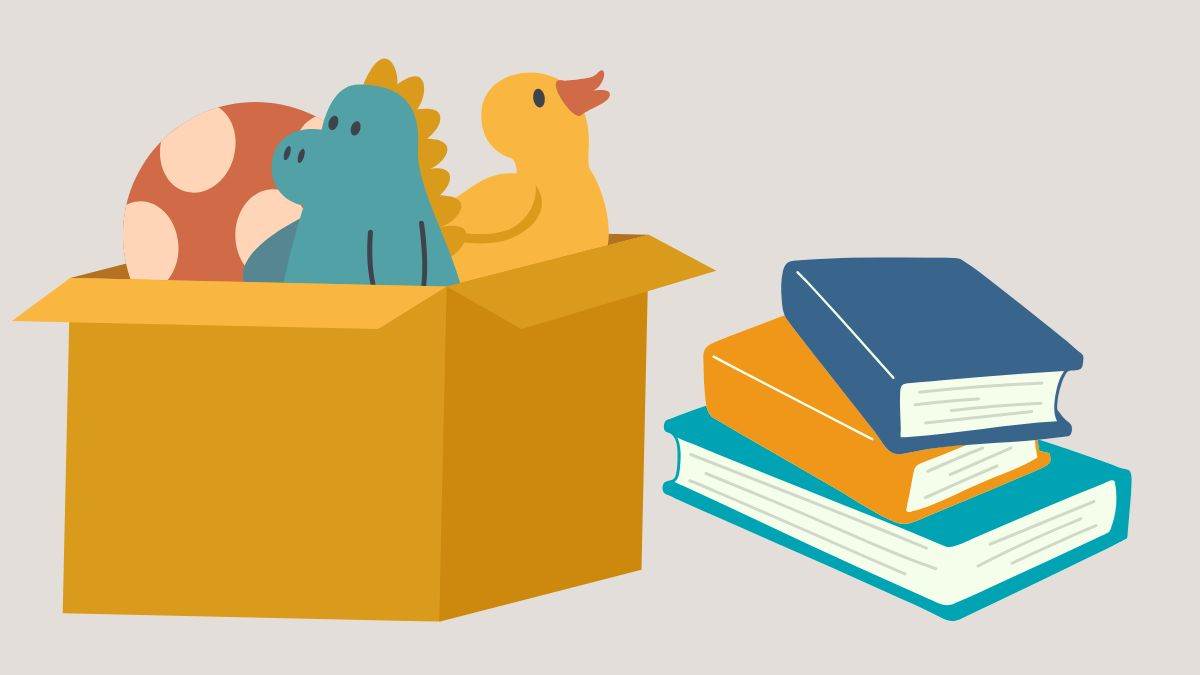Creating accessible story times: Creating a book box
Get top tips and ideas to help you put together a book box or bag to use during your story times.

- Select a story - choose a bright, high-contrast picture or story book that you think would appeal to the age range you're working with and that you can easily find objects for. Some examples you might like to try are Little Red Riding Hood, Goldilocks and the Three Bears, The Very Hungry Caterpillar and Handa's Surprise.
- Box or bag? Shoe box or storage box? Choose the most appropriate container for your story book and objects, so that it's easy to store and you don't mind the children rummaging through it.
- Which items will you include? You want at least one item per page or for each significant event in the story.
- Label the exterior of the container. A tactile marker will enable you and the children to 'read' the title; for example, three pieces of fake fur might be a good label for the story of Goldilocks and the Three Bears.
- Prying these boxes open is a beneficial activity which develops the hand dexterity needed to use braille, so it would be good to let the children handle the box or bag.
- When you're reading the story, have fun! Get everything out, touch it all and talk about all the different items.
- When you are finished with the story box, put clear closure on the activity by asking the children to help place the objects back in the box; this also gives them another opportunity to handle the objects.
